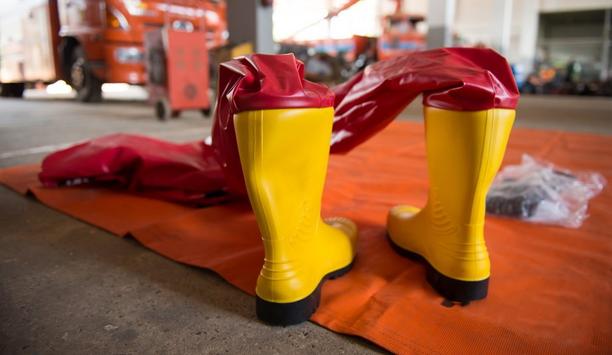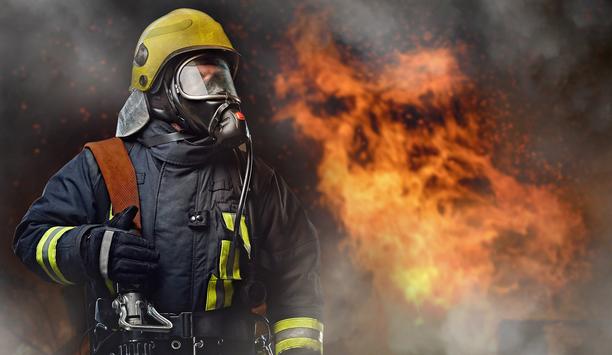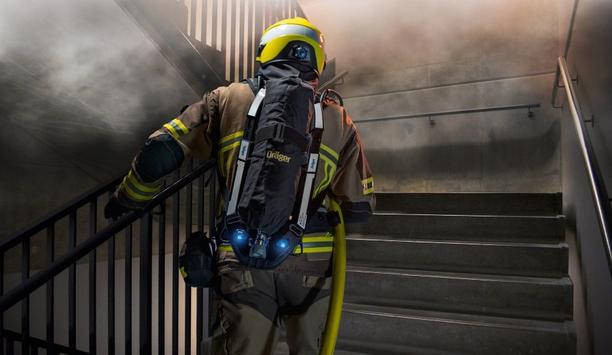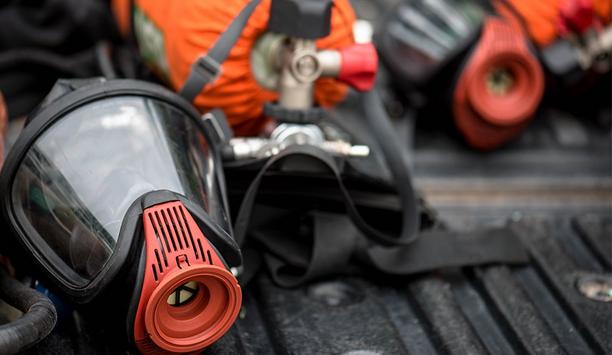This month, Royal Berkshire Fire and Rescue Service is supporting the National Fire Chiefs Council’s Home Fire Safety Month campaign. Over the course of four weeks, from Monday, 30 August until Sunday, 26 September, they will share safety advice to help keep the user safe in their home or business.
Each week will focus on a different area, covering chimney fire safety, business fire safety, fire door safety, and gas safety.
Fire Safety Month
James Whitton, West Hub Protection Manager, said: “Home Fire Safety Month is a timely reminder to make sure you’re safe in your home or business. With the weather beginning to grow colder and COVID-19 restrictions easing, the safety advice we’ll be sharing throughout the month will help make sure you’re prepared and reduce the chance of an incident.”
Chimney Fire Safety Week (30 August - 5 September) - To ensure the chimney is safe and fully functioning throughout the winter months, the users can take these steps now to make sure they’re prepared:
- Ensure the chimney is swept regularly and remind friends and family to get theirs swept
- Keep chimneys, flues, and appliances clean and well maintained
- Be careful when using open fires to keep warm. Make sure to always use a fire guard to protect against flying sparks from hot embers
- Use the appropriate fuel for the appliance – some appliances will be suitable for wood only, some are multi-fuel – check the appliance instructions
- Never interrupt the air supply by blocking air vents or air bricks.
Preventing chimney damage
Chimneys should be swept according to the type of fuel used, the following advice can help prevent chimney damage, and, in the worst cases, household fires:
- Smokeless fuels – at least once a year
- Bituminous coal – at least twice a year
- Wood – quarterly when in use
- Oil – once a year
- Gas – once a year (any work on gas appliances requires a Gas Safe registered installer or engineer)
NFCC Business Safety Week (6-12 September) - With the ways in which businesses work changing as a result of the changes in COVID-19 control measures, now is the perfect time to make sure that the user and their business are following the latest guidance.
- How much rubbish are they generating? Ensure all rubbish is properly disposed of to reduce the risk of arson
- Are the means of escape suited to the number of people in the building and their needs? Ensure that means of escape are kept clear and are suited to the needs of the people within the building
- Does the user have new members of staff? Make sure that staff is properly trained, including any additional training needs that may have arisen in the Fire Risk Assessment
- Does the fire warning system and emergency lighting work correctly? Whilst the premises have been closed, have these systems been tested?
- Don’t be tempted to prop open fire doors. Minimizing contact with door handles may be at the forefront of people’s minds at the moment, but do not use wedges or extinguishers to hold open fire doors
Unsafe gas appliances
Gas Safety Week (13-19 September) - Making sure the appliances are gas safe will help keep the user and their family safe as the weather begins to grow colder. There are a few simple safety measures the user can follow to make sure the appliances are gas safe:
- Only use a Gas Safe registered engineer to fit, fix and service the appliances
- Check both sides of the engineer’s Gas Safe Register ID card. Make sure they are qualified for the work they need doing. This information can be found on the back of the card
- Have all the gas appliances regularly serviced and safety checked every year. If the user rents their home ask for a copy of the landlord’s current Gas Safety Record
- Know the six signs of carbon monoxide (CO) poisoning – headaches, dizziness, breathlessness, nausea, collapse, and loss of consciousness. Unsafe gas appliances can put the user at risk of CO poisoning, gas leaks, fires and explosions
- Check gas appliances for warning signs that they are not working properly e.g. lazy yellow flames instead of crisp blue ones, black marks or stains on or around the appliance, and too much condensation in the room
- Fit an audible carbon monoxide alarm. This will alert the user if there is carbon monoxide in their home
Five step check
Fire Door Safety Week (20-26 September) - Fire doors are an essential part of making sure the building is safe from fire. They ensure that the fire and smoke can be kept contained within a ‘compartment’ for a defined period of time, which allows time for people to escape and to make the fire easier for the firefighters to tackle.
The five step check will help the user test whether the fire door is fit-for-purpose – if not, it will need replacing to ensure the building is safe from fire:
- Check for proof of certification – without a certification mark, the user cannot be sure if a door is really a fire door. Look for a label or plug on top of or to the side of the door
- Look at the size of the gaps - check that the gaps around the top and sides of the door are consistently less than 4mm thick when the door is closed. (The user can use a £1 to check this, as it is roughly the correct thickness). The gap under the door can be slightly larger (up to 8mm usually), but this can depend on the door
- Check the condition of the seal – look for the intumescent (heat-expanding) seals around the door or doorframe. These should be intact and have no signs of damage
- Check the hinge fixing – open the door and ensure that all of the three or more hinges are firmly affixed with no missing or broken screws
- Close the door frame properly – the fire door should close firmly onto the latch without sticking on the floor or the frame. Open the door to about halfway, let go and let it close by itself. A fire door will only work if it is fully closed






